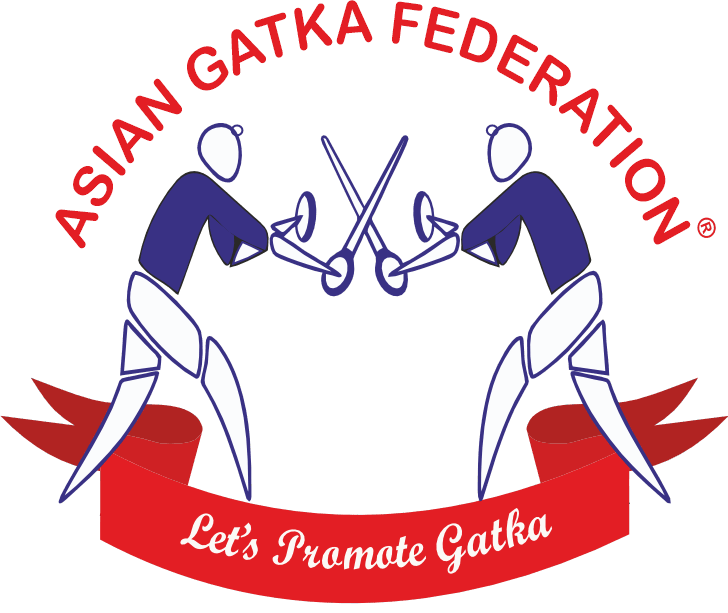Gatka Soti – Traditional Stick Combat
Gatka Soti is the central and most recognized combat event in competitive Gatka. In this event, participants engage in a martial duel using a Soti (stick), which symbolically represents the sword in traditional Sikh martial art.
According to Sub-section 2 of Section 7 of the World Gatka Federation (WGF) International Gatka Rules Book, the Gatka Soti is employed during competition in the same manner as a sword would be used in real combat. Its usage techniques preserve the essential characteristics of a sword, encompassing striking, blocking, parrying and countering.
Gatka Soti – Specifications
• Material: Fibre, Bamboo, or Baint (thin cane)
• Shape: Rounded and straight
• Standard Lengths by Age Group:
• Senior (19+ years): 39 inches (99 cm / 3.25 ft)
• Junior (U-17): 36 inches (91.5 cm / 3 ft)
• Sub-Junior (U-14): 33 inches (84 cm / 2.75 ft)
• Weight:
• Maximum 500 grams for wooden sticks
• Maximum 350 grams for fibre sticks
• Thickness: Between 13 mm to 15 mm (approximately half an inch)
• Grip Design:
• One end of the Soti must have a cushioned grip to ensure better handling and protect the hand.
• Each Soti must include a Perj (guard ring) to prevent slippage and support controlled application, preserving the symbolic form and function of the sword.
Categories of Gatka Soti Events
1. Individual Event (1 vs 1)
• Traditional one-on-one duel format.
• Emphasizes timing, precision, control and defence.
• Duration: 3 minutes (1.5 minutes per half with a short break).
• Victory is awarded based on points scored through valid and regulated strikes.
2. Team Event
• Teams consist of 4 players, including one substitute.
• Conducted as a series of individual bouts, with team scores combined.
• Enhances strategic planning, team coordination and collective performance.
3. Mixed Event (male vs female)
• Male and female individuals compete directly in this mixed-gender format.
• Reflects the inclusive ethos of Sikhi and Gatka, promoting gender equality and mutual respect.
Combat Techniques & Application
• The Soti is wielded with one hand, and is used for both offensive and defensive actions.
• All strikes must be controlled and non-injurious, strictly adhering to the safety norms and ethical conduct of competition.
• Key techniques include:
• Diagonal and straight strikes
• Deflective parries
• Rotational blocks
• Footwork-based distancing
• Players are required to follow the ‘Paintra’ stance, advancing with two steps (Ghurey) forward while striking and maintaining the same steps backward to defend against incoming attacks — all while remaining vigilant of arena positioning.
Significance of Gatka Soti
• Fosters discipline, agility, mental sharpness and spiritual awareness.
• Embodies the principle of self-defence and readiness, as imparted by the Sikh Gurus.
• The use of standardized Soti specifications and rules ensures uniformity across international competitions, strengthening the case for global recognition by Olympic and international sporting bodies.
Note: Use of unauthorized Soti dimensions, application of excessive force or breach of combat ethics may result in penalties or disqualification, as per WGF rules.
